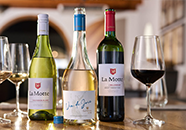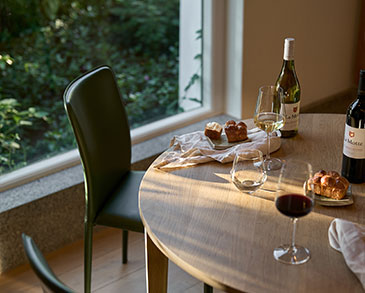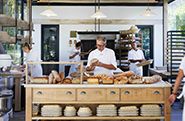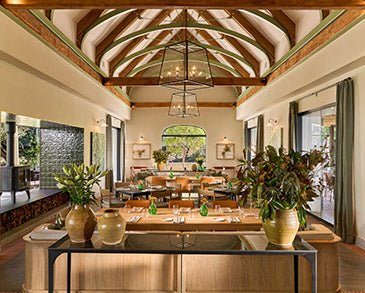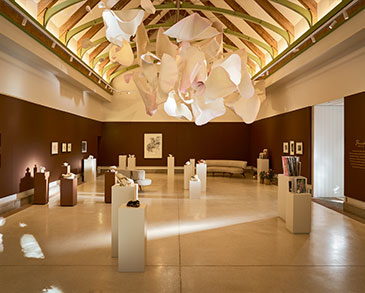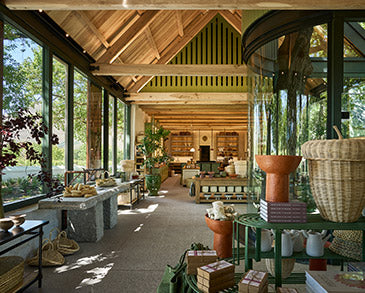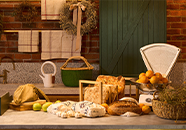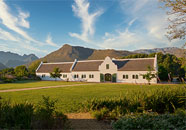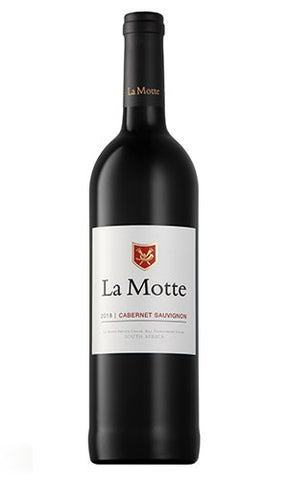Grapes for the wine originate from vineyards at Stellenbosch (67%) and Franschhoek (33%).
The dry conditions during the preceding two seasons continued and caused the harvest to be 15% smaller than that of 2017. It was, therefore, one of the smallest harvests in 15 years. The preceding winter was cold enough, but started late. This delayed budding and, eventually, harvesting started approximately two weeks later than in 2017. Dry and windy conditions once again allowed the grapes to stay healthy, while cool conditions promoted flavour retention. In some areas damage was caused by frost.
The Stellenbosch grapes were machineharvested at night and transported to the La Motte cellar at Franschhoek. Franschhoek grapes were handharvested. Grapes from different blocks were fermented and matured separately. Fermentation was in stainless steel tanks at approximately 25 degrees Celsius. Twice a day, the wine was pumped over, allowing good aeration. Malolactic fermentation was partly in barrels. For 16 months the wine was matured in 300-litre French oak barrels – 33% new, 33% second-fill and 34% older barrels. Thereafter the different Cabernet Sauvignon lots were blended. The wine was bottled in November 2019. 14 000 cases (6 x 750 ml) were released as 2018 La Motte Cabernet Sauvignon.
The Stellenbosch and Bot River grapes were machine-harvested at night and transported to the La Motte cellar at Franschhoek. Franschhoek grapes were hand-harvested. Grapes from different blocks were fermented and matured separately. Fermentation was in stainless steel tanks at approximately 25 degrees Celsius. Twice a day, the wine was pumped over, allowing good aeration. Malolactic fermentation was partly in barrels. For 16 months the wine was matured in 300-litre French oak barrels – 25% new, 25% second-fill and 50% older barrels. Thereafter the different Cabernet Sauvignon lots were blended. For elegance, 5% Cinsaut was blended in. The wine was bottled in October 2018. 18 000 cases (6 x 750 ml) were relased as 2017 La Motte Cabernet Sauvignon.
In order to create a complex wine, grapes from two areas were combined — Franschhoek for pure berry fruit with a creamy texture, and Stellenbosch for the volume of the grapes and a light mint spice. The fruit combines well with the aroma and tannins promoted by the oak barrels, to produce a full-bodied wine that will mature well.
Alcohol 13.25% vol Residual sugar 6.0 g/L Total acid 3.2 g/L pH 3.39

